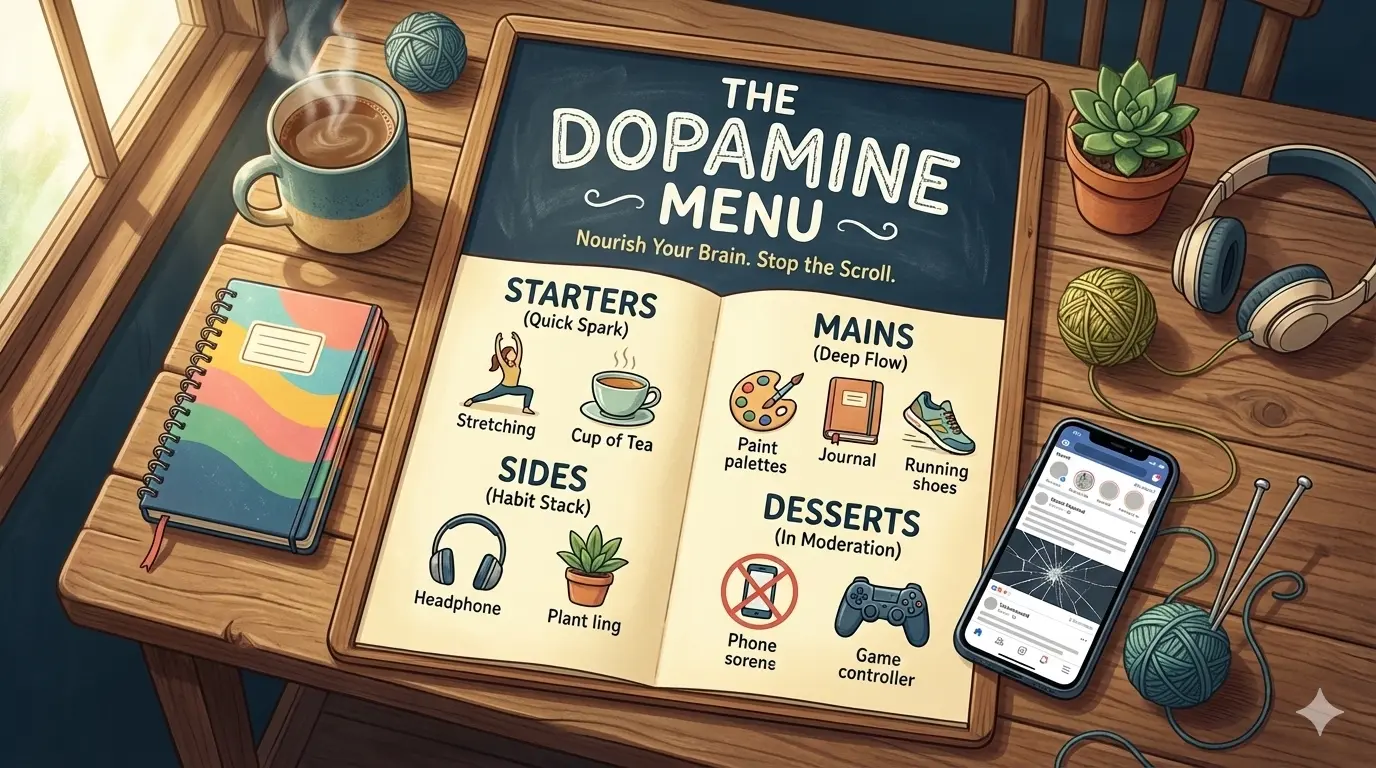In a world where health-conscious choices are becoming increasingly important, the quest for foods that are both satisfying and low in calories is a priority. The concept of high volume low calorie foods or Volume eating revolves around maximizing the physical bulk of a meal while minimizing its caloric density.
These foods are typically rich in water, fiber, or both, creating a sense of fullness and satiety without significantly contributing to overall calorie intake. Vegetables such as broccoli, spinach, and kale exemplify this concept, providing substantial volume, essential nutrients, and minimal calories.
Understanding this concept empowers you to make strategic food choices, promoting satisfaction and reducing the likelihood of overeating. It involves a shift in perspective, emphasizing foods’ nutritional value and satiating qualities beyond their caloric content.
High Volume Low Calorie Foods Importance in Balanced Diet
When crafting smart calorie choices, incorporating weight-friendly food options is vital. The concept of volume eating for weight loss has gained traction, highlighting the benefits of filling, low calorie foods alternatives. The diet-friendly, low-calorie, high-volume meals offer a satisfying dining experience and contribute to balanced nutrition for satiety.
For those aiming to diversify their culinary experiences, healthy, low-calorie recipes have become popular, offering a variety of nutrient-dense options that align with the principles of caloric efficiency in meals.
By prioritizing such foods, individuals can strike a harmonious balance between enjoying various flavorful meals and adhering to a calorie-conscious lifestyle. This not only aids in weight control but also fosters long-term well-being and the cultivation of sustainable dietary habits.
Types of High Volume Low Calorie Foods
Nutrient-dense Best Vegetables For Weight Loss
Nutrient-dense vegetables are a cornerstone of a healthy diet, providing essential vitamins, minerals, and fiber with relatively low caloric content. Let’s explore a variety of choices within this category, each offering a unique nutritional profile that contributes to overall well-being.
Broccoli-Best Low Fat Foods

This cruciferous vegetable is a nutritional powerhouse packed with vitamins C and K, fiber, and antioxidants. A one-cup serving of chopped broccoli contains approximately 55 calories, making it a calorie deficit diet and high-nutrient option suitable for various dishes, from stir-fries to salads.
A groundbreaking research study published in July 2023 has revealed that broccoli, recognized for being low in calories, emerges as a filling food due to its high fiber content, presenting a promising ally in weight management and fostering a healthy metabolism.
Spinach
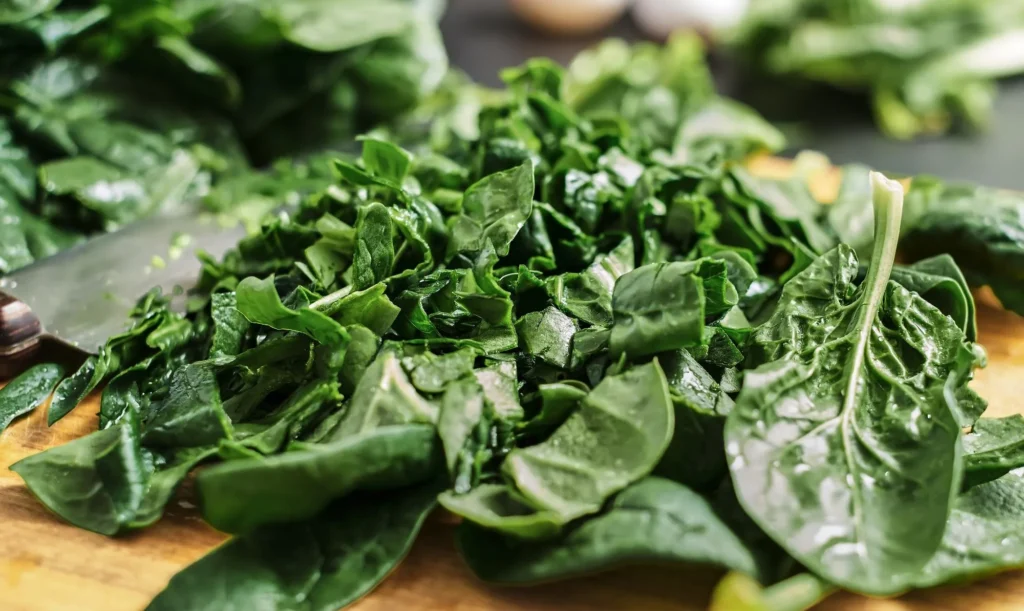
Known for its rich iron content, spinach, a calorie deficit diet, also an excellent source of vitamins A and K. A raw, one-cup serving contains approximately seven calories. Whether in salads, omelets, or sautéed as a side dish, spinach adds a burst of green goodness to meals while keeping calorie intake in check.
Kale
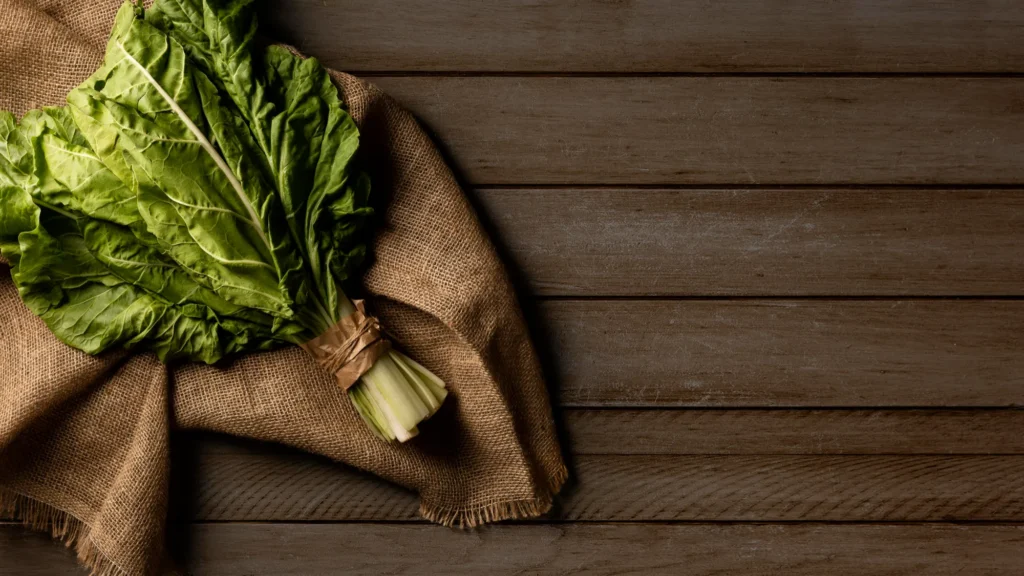
A leafy green that has gained superfood status, kale is abundant in vitamins A, C, and K, as well as minerals like iron and calcium. A one-cup serving of chopped kale contains approximately 33 calories. Its robust flavor and hearty texture make it a favorite in salads, smoothies, and even baked kale chips for a nutrient-packed snack.
Cauliflower
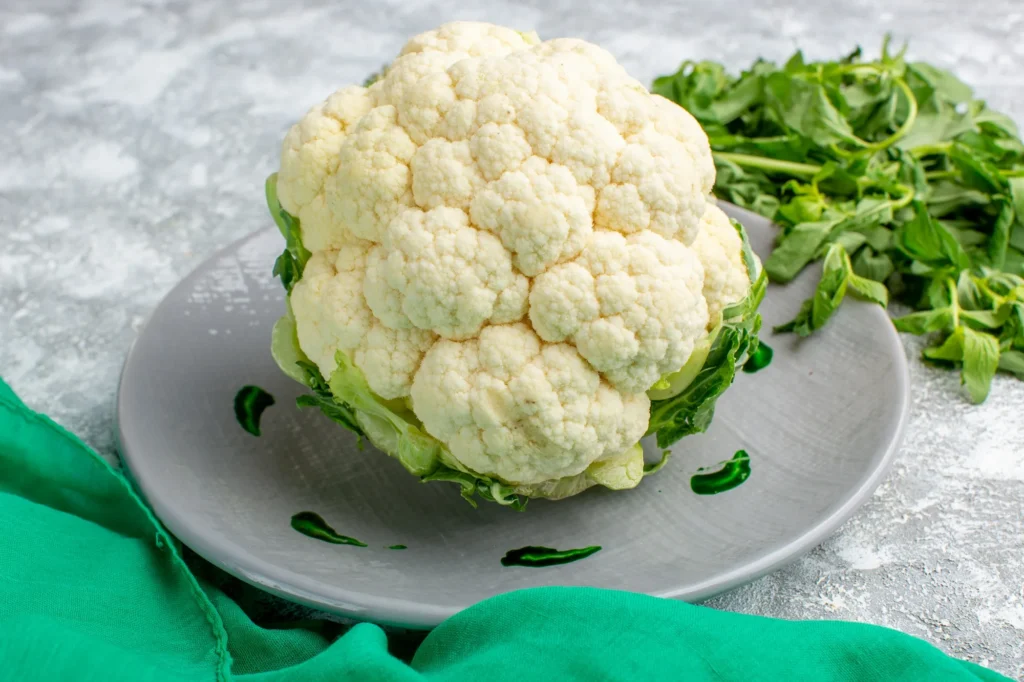
With its mild taste and versatility, cauliflower is a nutrient-dense cruciferous vegetable. A one-cup serving of raw cauliflower contains about 27 calories. It can be riced, roasted, or mashed as a low-calorie alternative to traditional starches.
Carrots
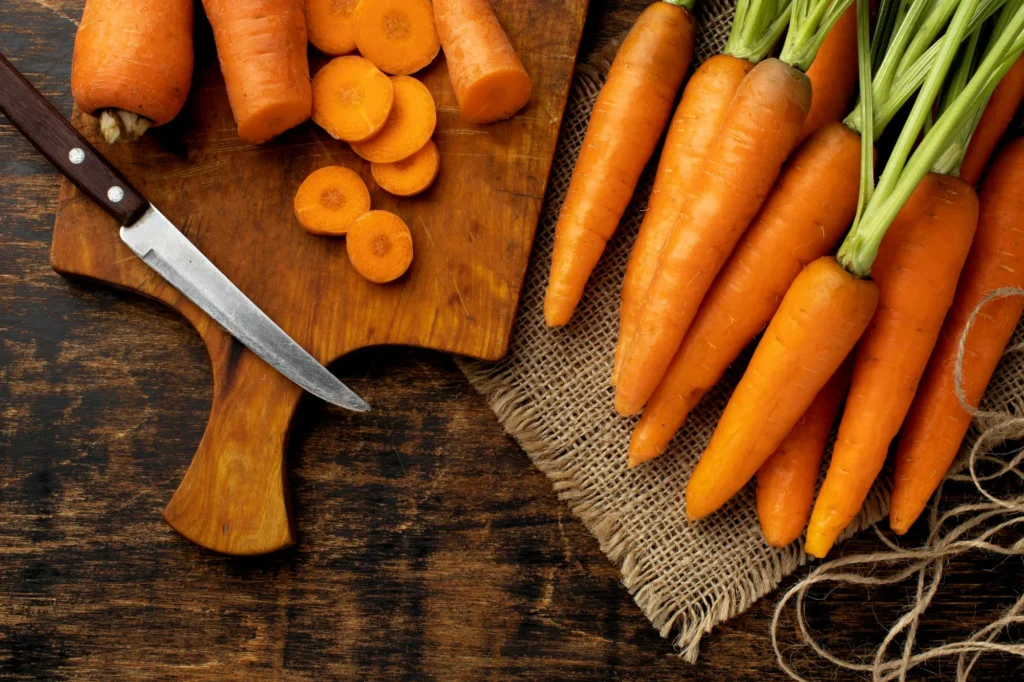
Rich in beta-carotene and fiber, carrots are a satisfying and crunchy vegetable. A one-cup serving of chopped carrots contains approximately 52 calories. Enjoy them raw as a snack, or incorporate them into soups and stews for added nutrition.
Bell Peppers

Colorful and flavorful, bell peppers are high in vitamin C. A one-cup serving of chopped bell peppers contains about 46 calories. Add them to salads stir-fries, or enjoy them stuffed for a tasty, calorie friendly meal.
it’s not just about the low-calorie count! Packed with fiber and water, bell peppers keep you feeling full longer while delivering essential vitamins and minerals.
Studies indicate that adding bell peppers to your meals, such as in a pre-meal salad or as a raw snack, can be a simple yet effective way to cut down on overall calorie intake and promote a healthy weight management strategy.
Zucchini
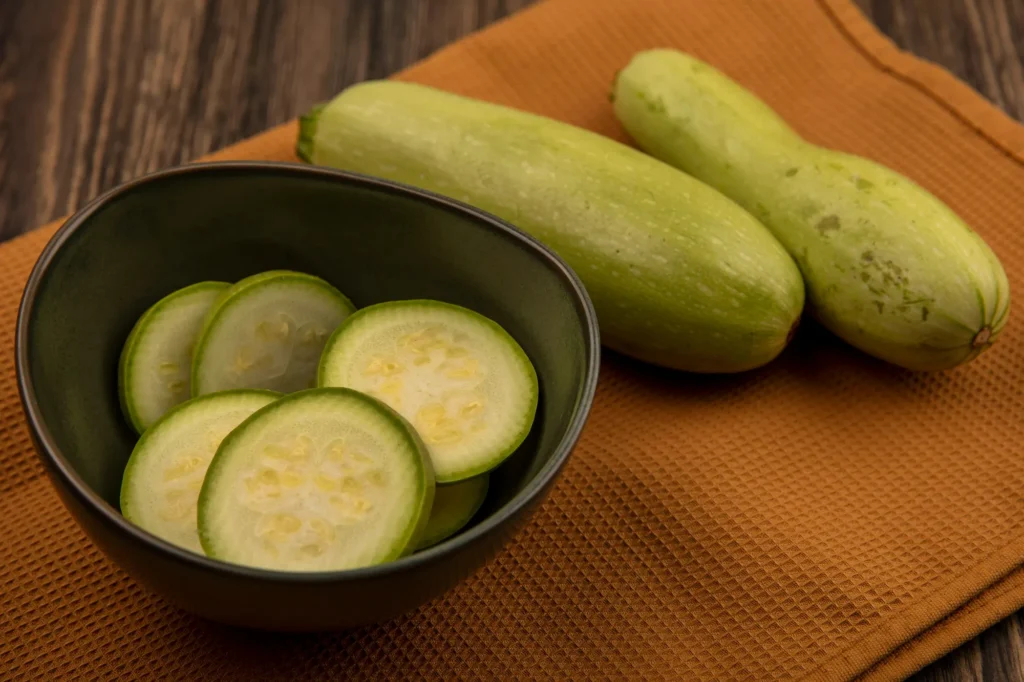
With a mild flavor and low-calorie content, zucchini is a versatile vegetable. A one-cup serving of sliced zucchini contains approximately 20 calories. Spiralize it for a healthy pasta alternative, or grill it for a tasty side dish.
Asparagus
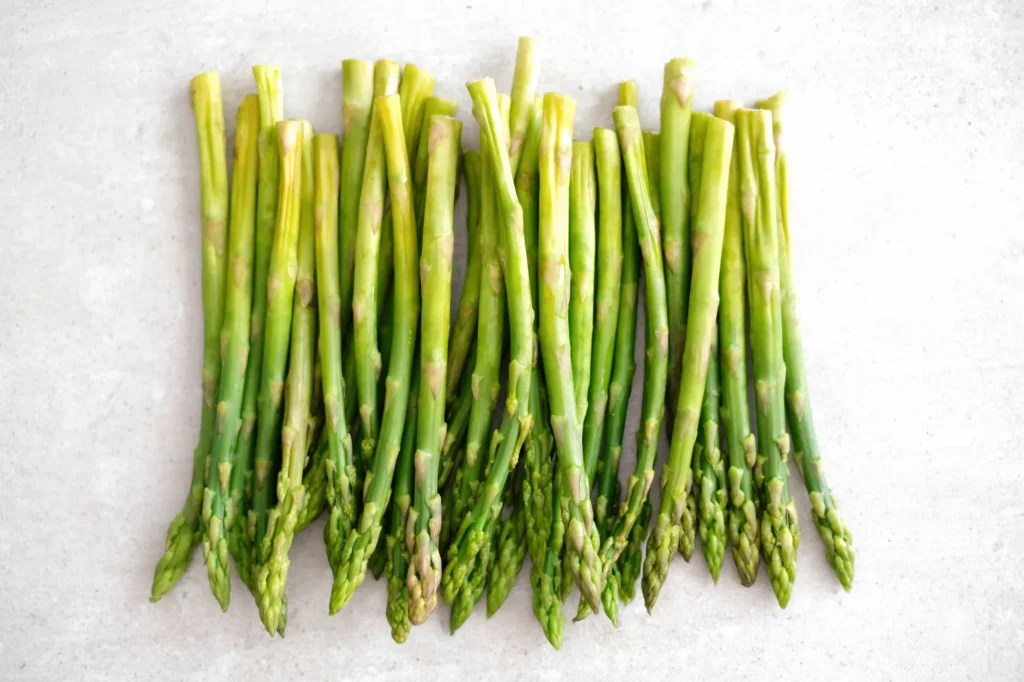
Packed with vitamins A and K, asparagus is a nutrient-dense option. A one-cup serving of cooked asparagus contains about 40 calories. Roast, grill, or steam it for a simple and nutritious side.
Brussels Sprouts
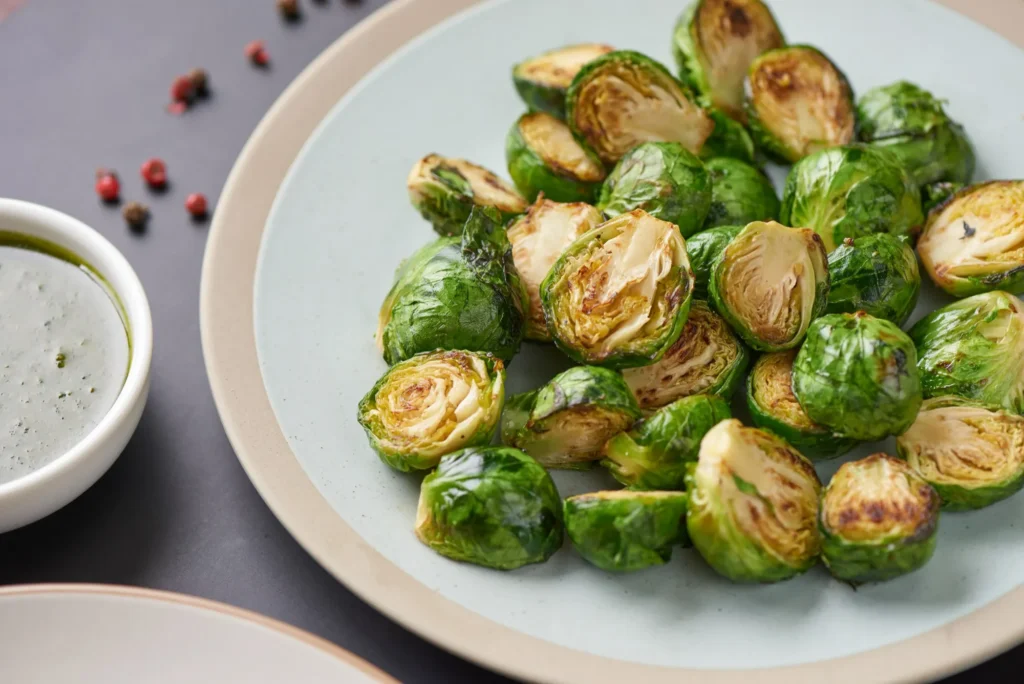
These small, cruciferous vegetables are rich in fiber and vitamin C. A one-cup serving of Brussels sprouts contains approximately 38 calories. Roast or sauté them for a flavorful and low fat food addition to your meals.
Cabbage
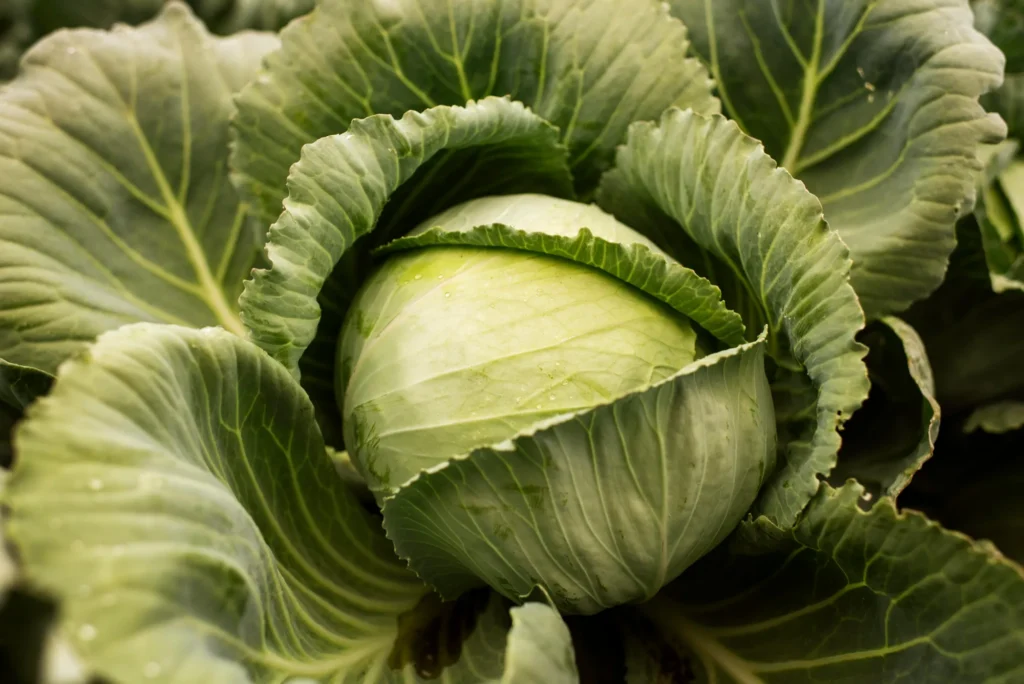
Low in calories and high in nutrients, cabbage is a versatile vegetable. A one-cup serving of shredded cabbage contains about 22 calories. Use it in salads, slaws, or stir-fries for a crunchy and nutritious boost.
Smart Protein Choices
To achieve a balanced and nutritious diet, it is essential to make intelligent protein choices. Including a variety of protein sources such as lean meats, fish, and plant-based options can satisfy your taste buds and contribute to your overall well-being.
Lean Meats: The Power of Poultry and More
Opting for lean meats and high-volume foods to reduce calories, chicken breast stands out as a lean protein source that can be incorporated into various dishes. Its versatility allows for many culinary creations, ensuring that individuals enjoy satisfying meals while staying within their calorie goals. By adopting a diet conscious of both, the calorie density of foods and the benefits of volume eating through nutrient-rich options, individuals can navigate their weight loss journey with delicious and nourishing choices.
Fish: Omega-3 Rich Delights

Incorporating fish into your diet, especially fatty fish like salmon, mackerel, and sardines, elevates your protein intake and delivers a substantial dose of heart-healthy omega-3 fatty acids. This weight loss food contribute to brain health, reduce inflammation, and support cardiovascular well-being.
Plant-Based Proteins: A Compassionate and Nutrient-Rich Choice
For those embracing a plant-based lifestyle or seeking alternative protein sources, plant-based options such as tofu, tempeh, lentils, and legumes provide a wealth of nutrients. These alternatives offer protein without the saturated fats in some animal products, promoting heart health and reducing the environmental footprint.
Balancing Protein Intake with Calorie Count
While protein is essential for various bodily functions, balancing protein intake and overall caloric consumption is crucial. Understanding the caloric content of protein sources allows for mindful choices, ensuring you meet your nutritional needs without exceeding your daily calorie goals. Including a variety of protein sources in your meals enhances the overall nutrient profile of your diet and promotes a feeling of fullness, supporting weight management goals.
Whole Grains
Incorporating whole grains into your diet is fundamental to achieving a wholesome and nutritionally rich eating pattern. Quinoa, brown rice, and oats are stellar examples of whole grains that add delightful textures to your meals and bring forth an array of health benefits.
Quinoa: The Complete Protein Powerhouse
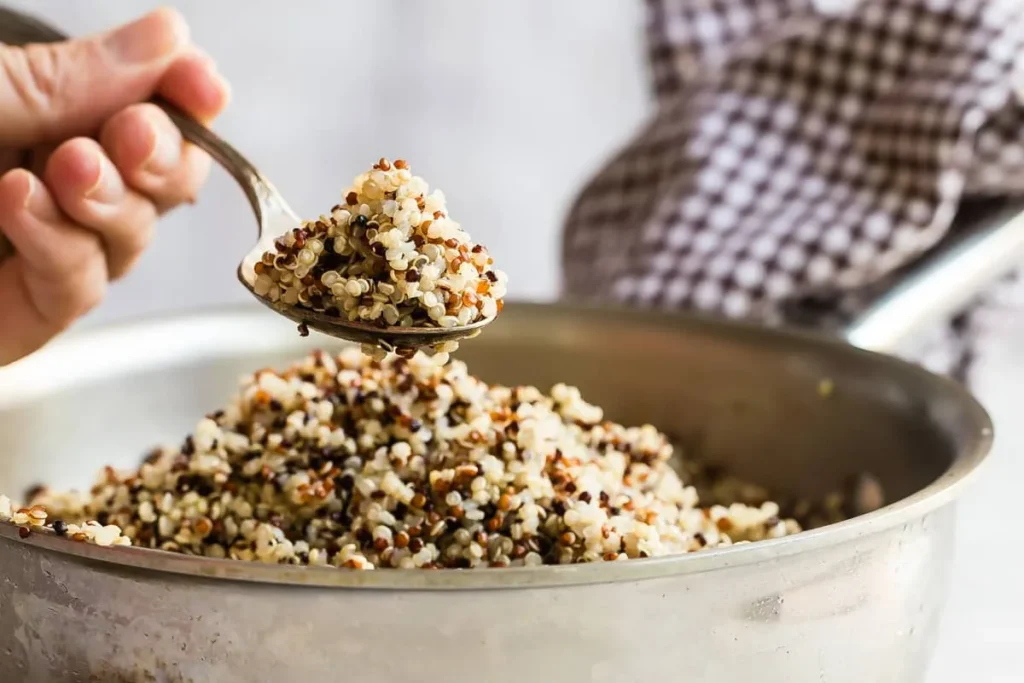
Quinoa can be a great option for a calorie deficit meal. This is a complete protein source, containing all nine essential amino acids. This gluten-free grain is rich in fiber, vitamins, and minerals, making it an excellent choice for promoting digestive health, sustaining energy and best vegetables for weight loss.
Brown Rice: Nutrient-Rich and Heart-Healthy
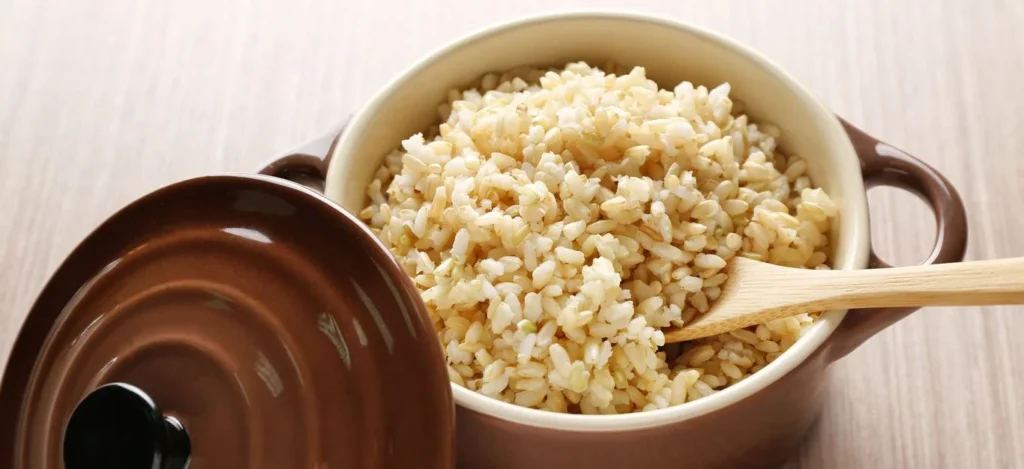
Brown rice, in comparison to its refined counterpart, retains the bran and germ, preserving valuable nutrients such as fiber, B vitamins, and essential minerals. Its complex carbohydrates contribute to a steady release of energy, aiding in satiety and supporting heart health.
Oats: A Fiber-Rich Breakfast Staple
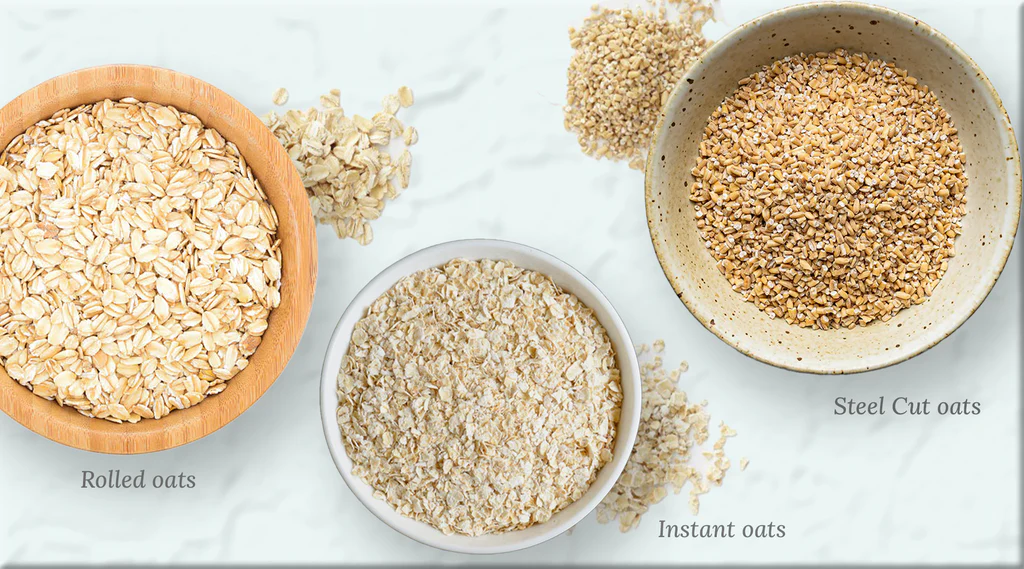
Oats, being low calorie filling foods, are renowned for their high fiber content, promoting digestive regularity and providing a sense of fullness. Whether enjoyed as a hearty breakfast cereal or incorporated into baking, oats offer a versatile and nutritious addition to your diet.
Cottage Cheese and Greek Yogurt
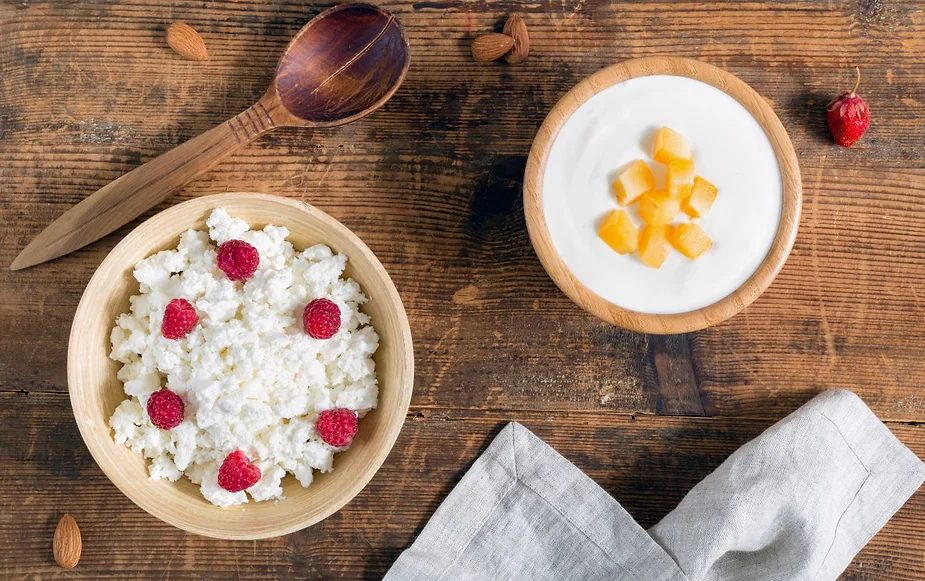
In high-volume, low-calorie foods, cottage cheese, and Greek yogurt emerge as star players for those looking to lose weight without sacrificing flavor or satisfaction. Both cottage cheese and Greek yogurt are versatile options that offer a rich source of protein while maintaining a calorie deficit, making them excellent choices for those mindful of their dietary goals. With approximately 100 calories per serving, these dairy delights prove that achieving a calorie deficit doesn’t mean compromising on taste.
Benefits of Incorporating Whole Grains
- Enhanced Nutrient Profile: Whole grains are rich in essential nutrients, including fiber, antioxidants, vitamins, and minerals, contributing to overall health and well-being.
- Stable Blood Sugar Levels: The complex carbohydrates in whole grains lead to a gradual release of glucose, helping maintain stable blood sugar levels and preventing energy crashes.
- Digestive Health: The fiber content in whole grains supports a healthy digestive system by promoting regular bowel movements and preventing constipation.
- Weight Management: Whole grains’ fibre and protein content make it one of the best low-calorie filling foods, supporting weight management goals by reducing the likelihood of overeating.
Incorporating quinoa, brown rice, oats, and other whole grains into your meals not only diversifies your culinary experiences but also elevates the nutritional value of your diet, fostering a foundation for long-term health and vitality.
Conclusion
In pursuing a healthier lifestyle, many individuals turn to nutrient-dense meals beyond mere calorie counting. Exploring lowest calorie fruit and vegetables (high-nutrient foods) have become trending, emphasizing the importance of satiety-boosting options that contribute to overall well-being.
As we delve into the realm of high-volume, low-calorie foods, we must consider the caloric efficiency of our choices, ensuring that each meal is delicious and supports our weight-conscious eating habits.
In the realm of nutrition, portion control for weight management is a critical aspect that cannot be overlooked. Discovering foods for fullness and weight control becomes exciting as individuals seek out nutrient-rich, low-calorie options.
Whether exploring low-energy-dense recipes or adopting a diet conscious of the bulk without the calories, the trend towards calorie-wise food options is reshaping how we approach our daily meals. Individuals can foster healthy eating habits that prioritize flavor and wellness by focusing on nutritionally dense, low-calorie foods and integrating low-calorie, high-fiber opportunities.



